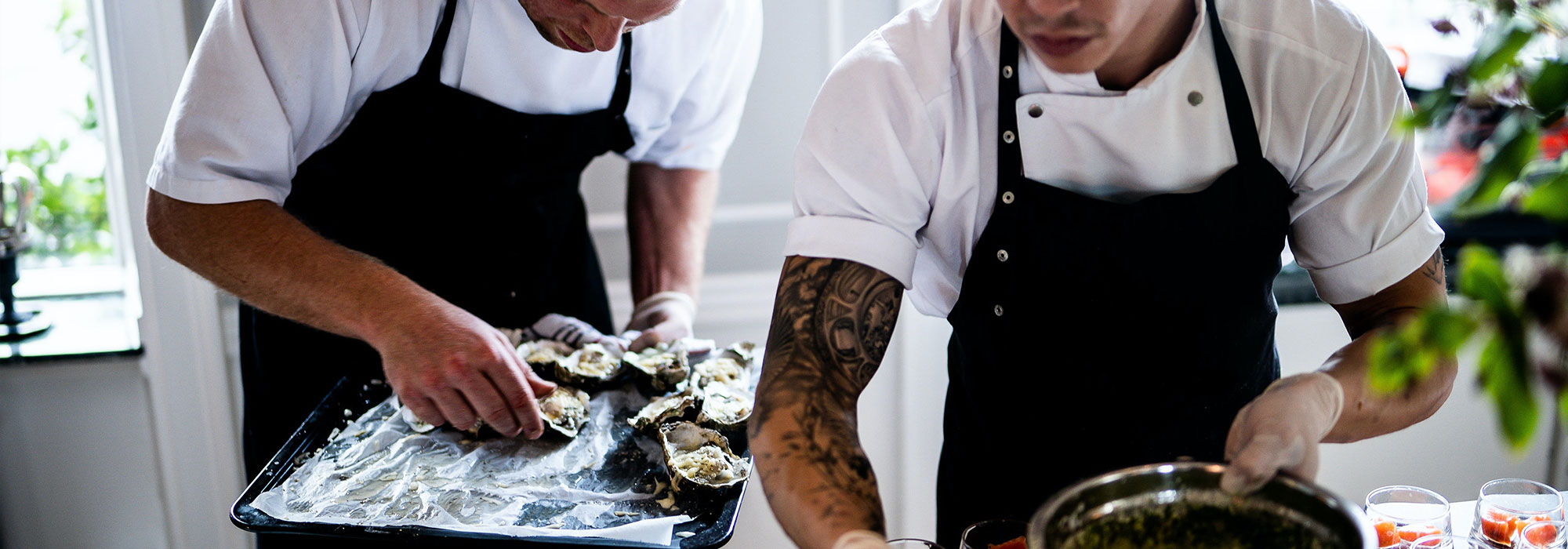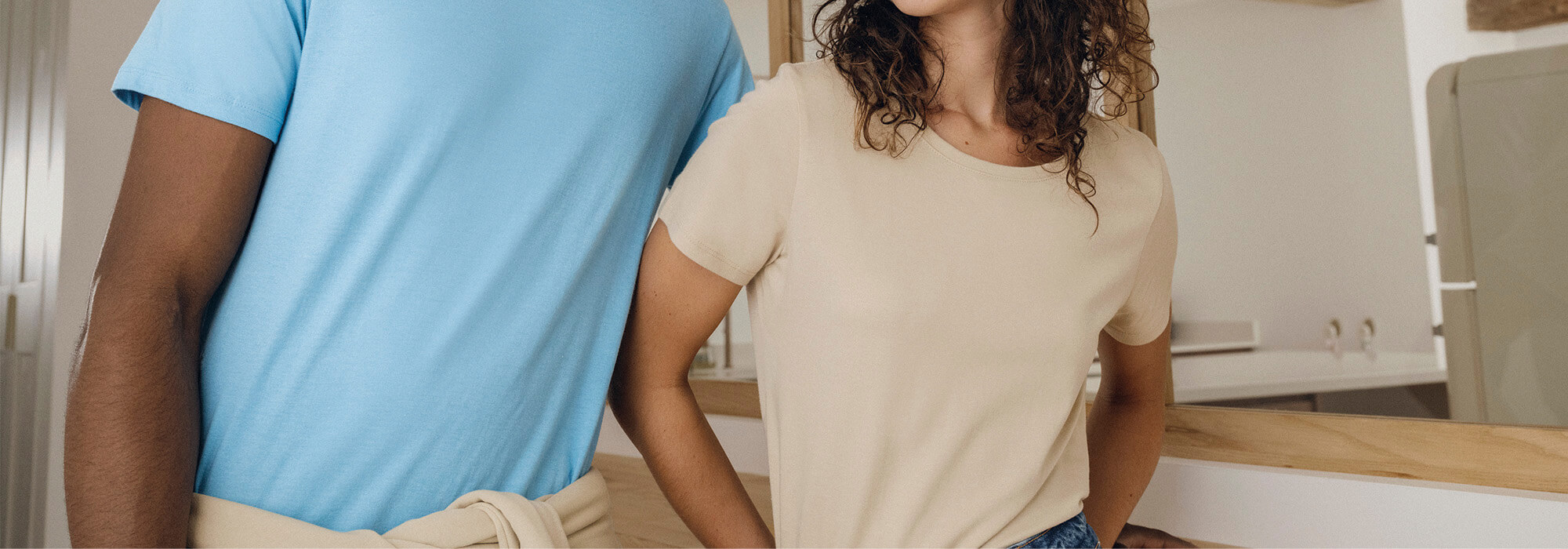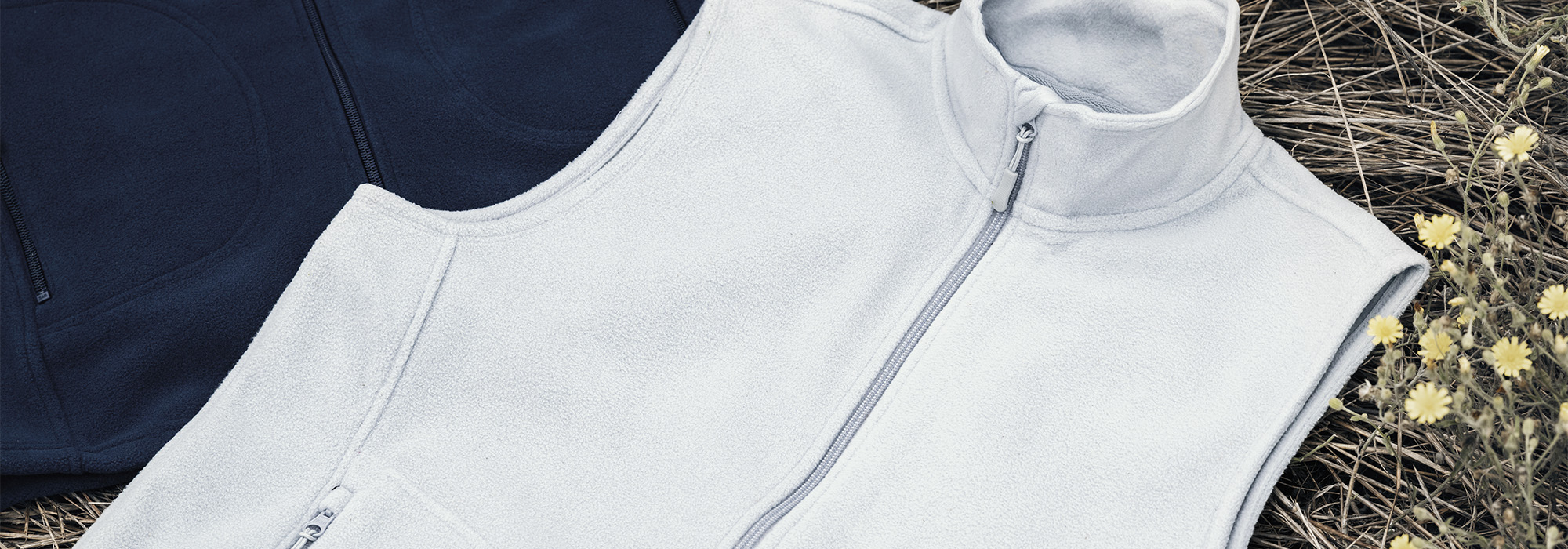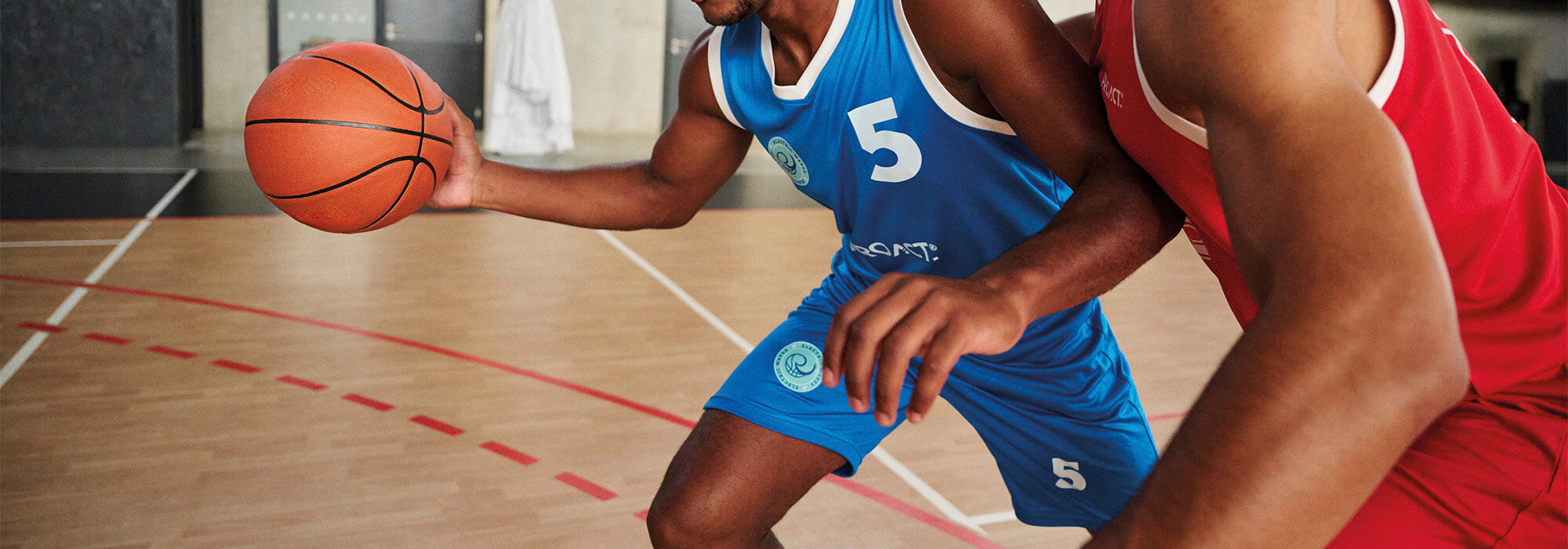The Hospitality, Service and Food & Drink trades account for a great many professionals. Bakers, fishmongers, wine merchants and greengrocers, as well as waiting staff, chefs and hotel managers, the list is long!
What do they have in common? An intense pace, staggered schedules and versatile tasks. To carry out their jobs, they need comfortable, flexible and resistant outfits, suitable for their hectic everyday lives.
At TopTex, clothes designed for these professionals are part of our family of Hospitality products, and more specifically fall into the Café Hotel Restaurant (CHR) Catering category.
In this article, we will review different types of clothing: their roles, properties and the situations in which they are useful, not to mention some advice on looking after them.
You will also see that performance and style can be combined to create comfortable outfits that reflect a sophisticated and professional image.
Catering professions, what should their workwear include?
Service trades: bartenders, waiting staff in a bistro, head waiters, etc.
The professionals in these trades must be elegant because they are in direct contact with customers and also need to feel comfortable in their clothing. Of course, depending on the standing of the establishment, their style can be relaxed or more chic.
For example, in a bar or café restaurant, a server can wear an embroidered polo shirt and chino trousers for a comfortable casual look.
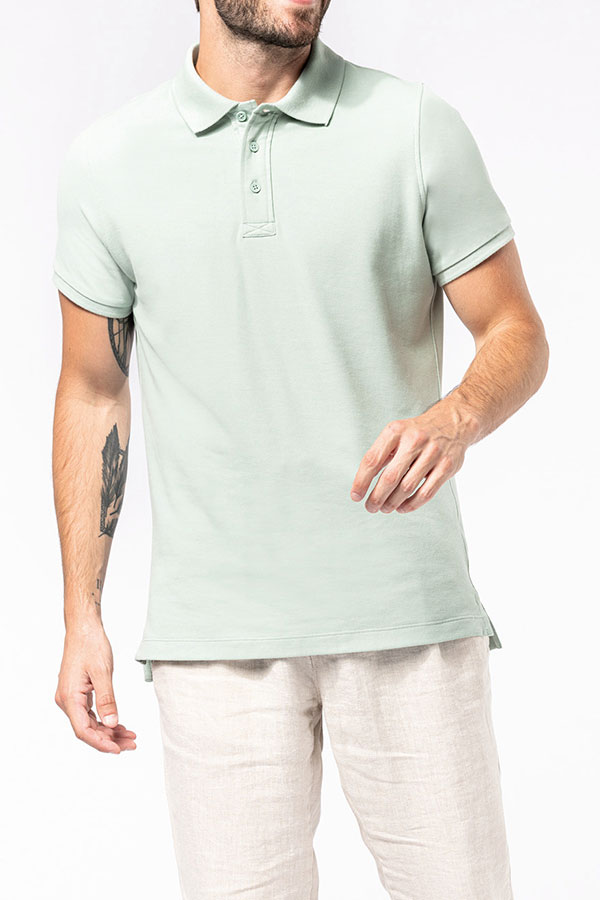
K209
Men's organic piqué short-sleeved polo shirt
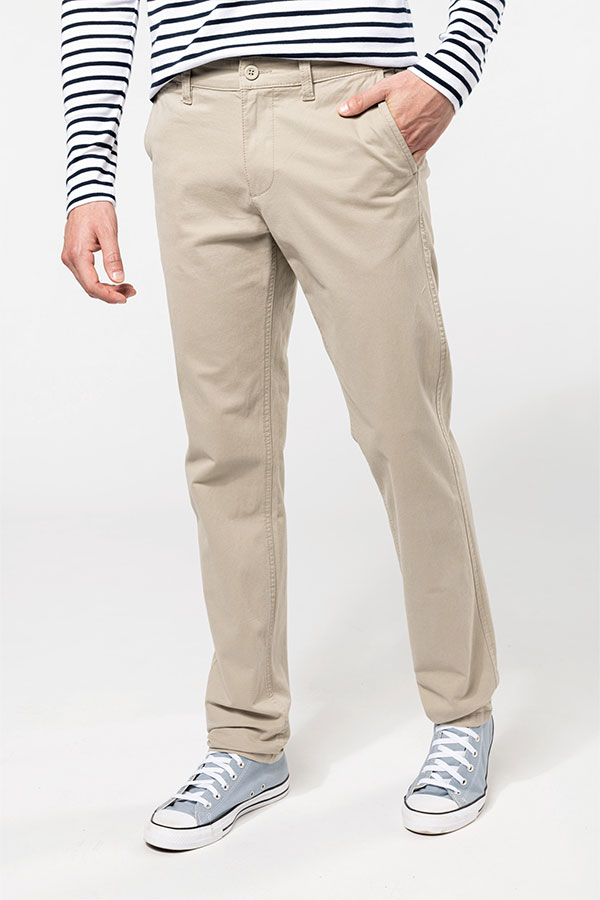
K740
Men's chino trousers
For brasserie servers, a sleeveless vest over a shirt can provide a retro look. They are also often equipped with a long apron, emblematic of the waiting staff in Paris’s cafés.
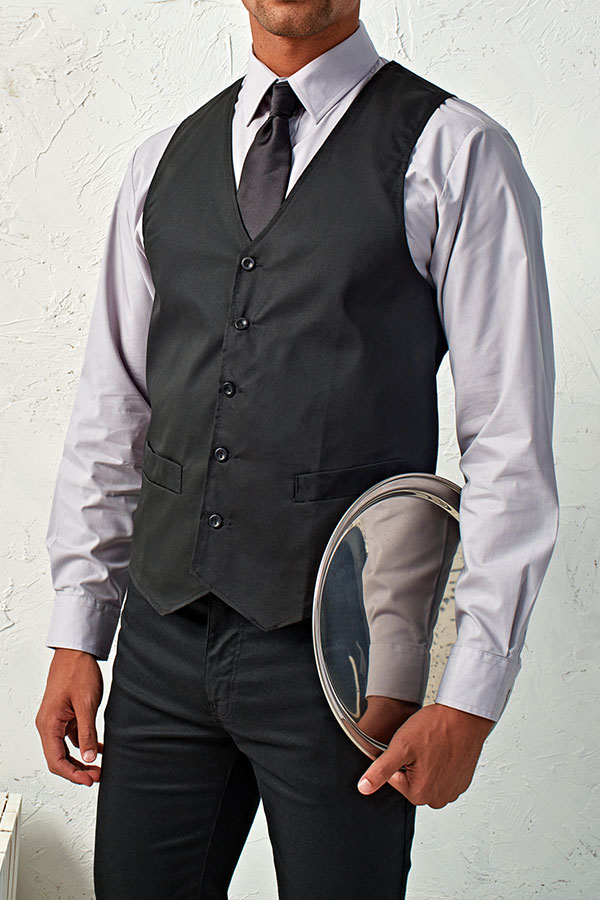
PR620
Men's Hospitality Waistcoat
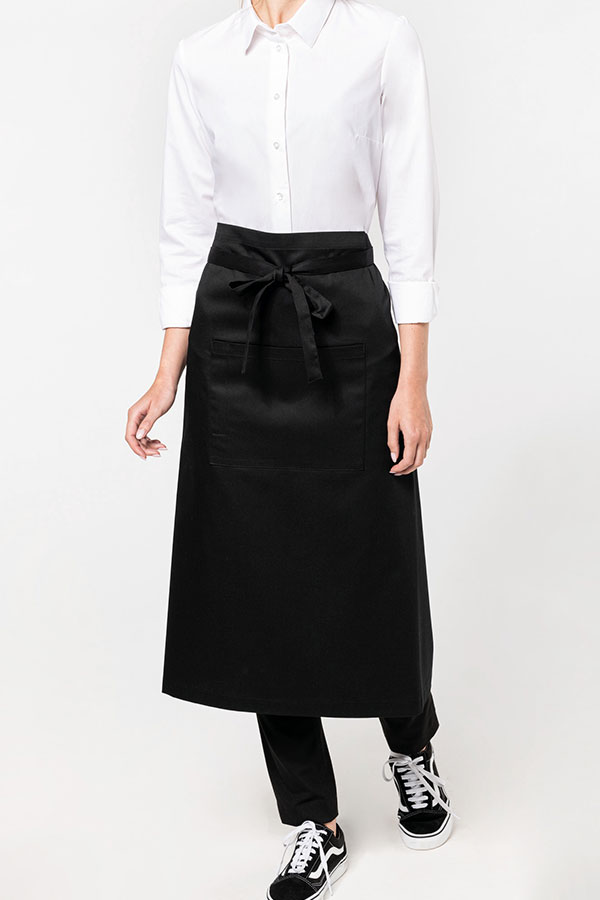
K8004
Polycotton extra-long apron
In a high-end restaurant, the staff are, in principle, dressed in a very sophisticated way. Shirts are often de rigueur and can be completed with braces, for example, or a pretty satin scarf.
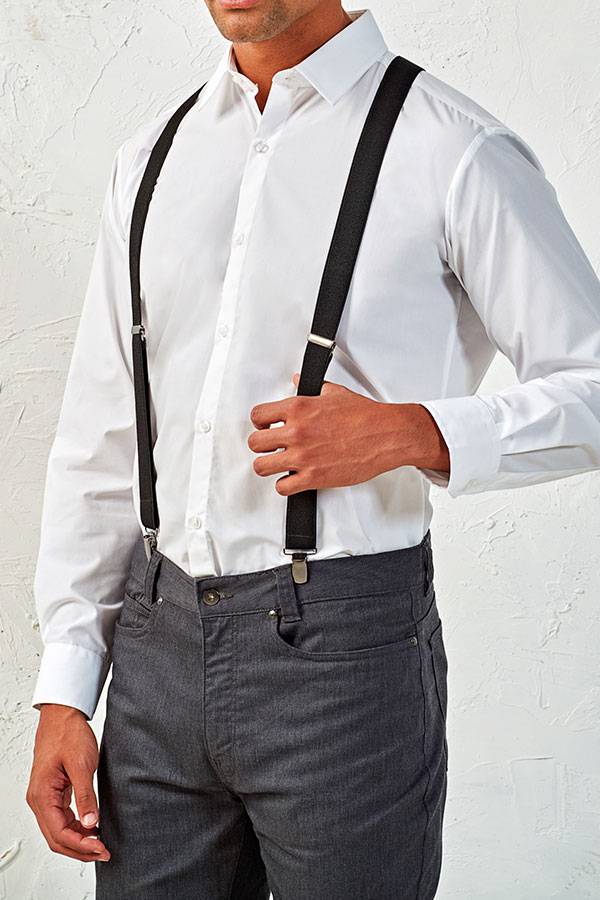
PR701
Clip trouser braces
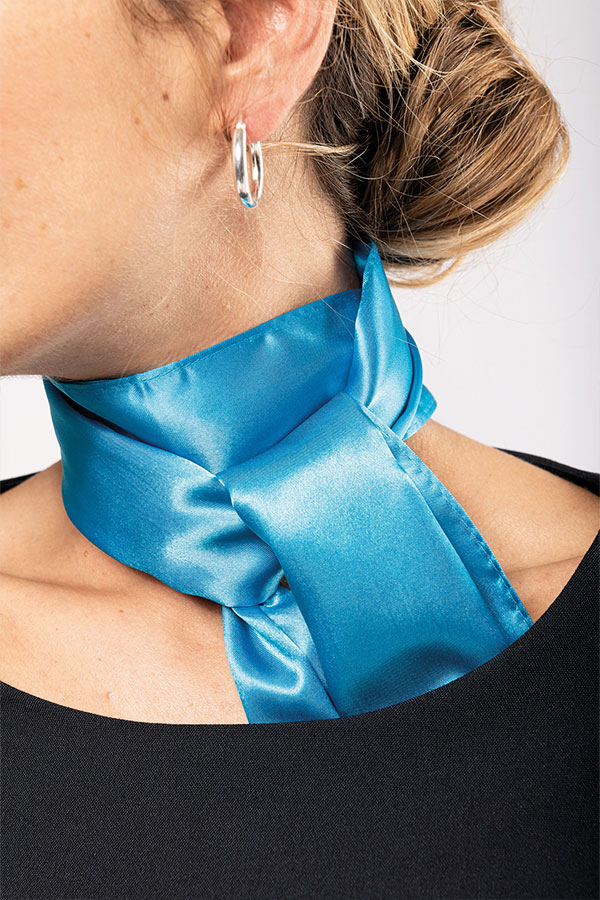
K861
Satin scarf
Luxury hotel businesses: receptionist, butler, housekeeper, etc.
The staff in luxury hotels often wear suits or dresses, symbolic of the elegance expected by guests staying in this type of establishment.
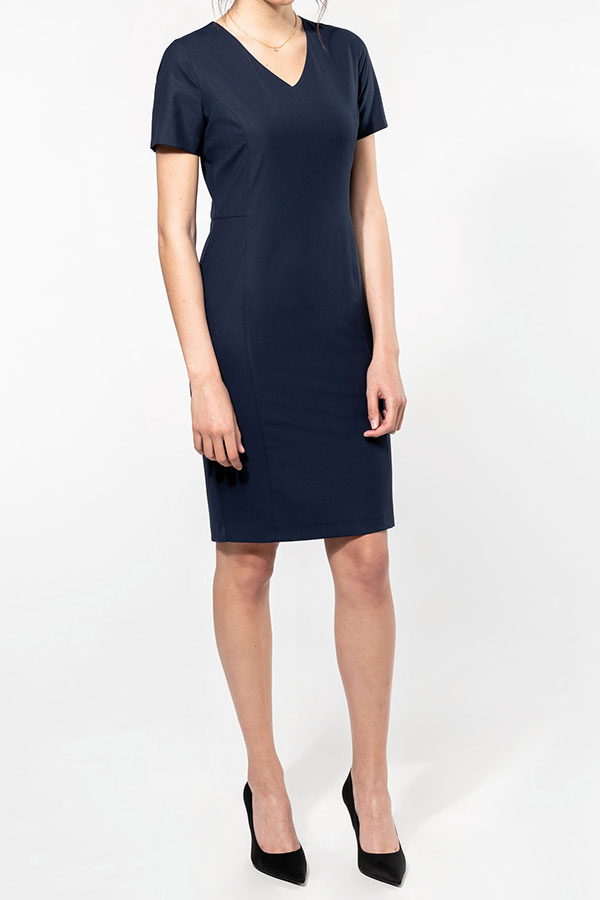
PK5000
Straight dress
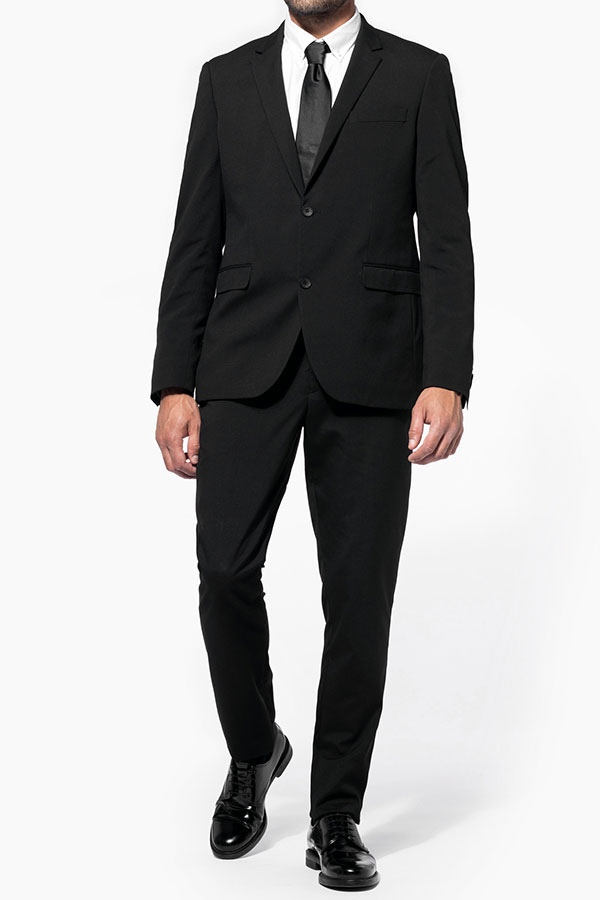
K6130
Men’s jacket
K730
Men's trousers
Catering trades: chef, commissioner chef, chef de brigade, etc.
Protection from stains and any small burns, breathability, ease of use and image: kitchen clothing has several functions.
These outfits must therefore be carefully chosen and, in principle, consist of:
- a kitchen jacket (preferably with long sleeves for extra protection)
- kitchen trousers, such as the famous houndstooth trousers
- and possibly an apron
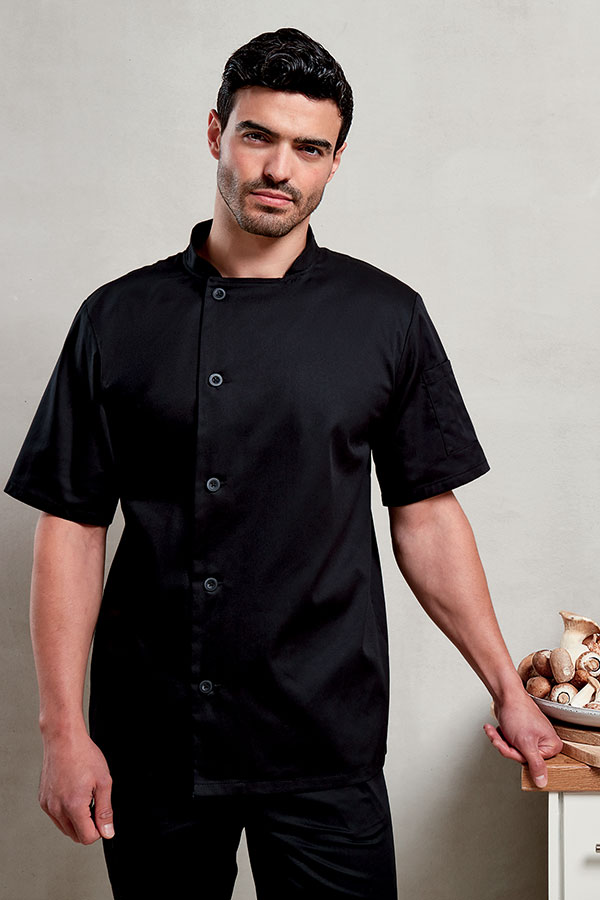
PR900
‘Essential’ short sleeve chef’s jacket
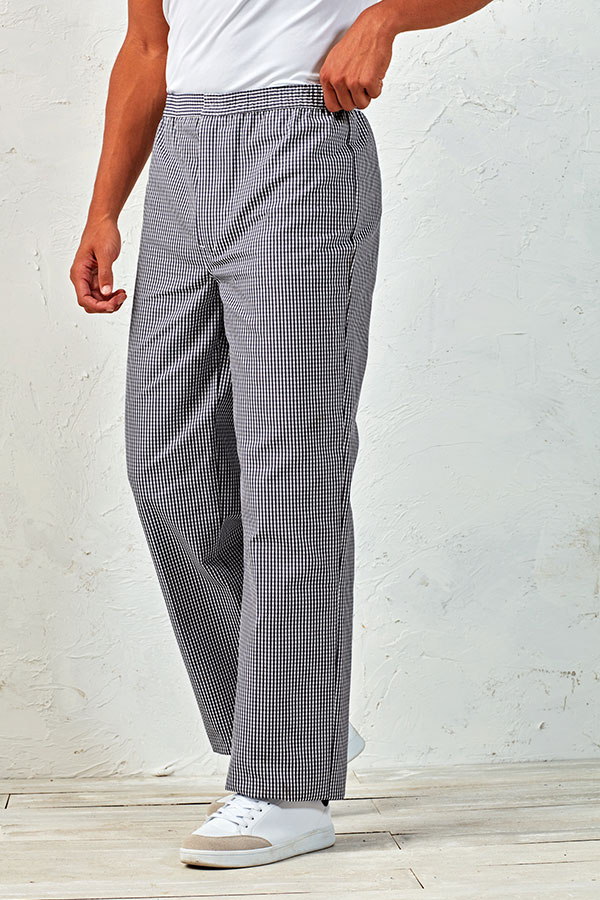
PR552
Pull-On Chef's Trousers
Catering: charcutier-caterer, butcher, fishmonger, oystermonger, etc.
Finally, in the case of catering professions, retailers receive and serve customers. Here too, they should not be hindered in their movements, with hygienic clothing that protects them as much as possible. Cheesemongers, ice cream makers, wine merchants… they all tend to wear bib aprons, convenient for avoiding stains when cutting meat or fish, and sometimes even a hat.
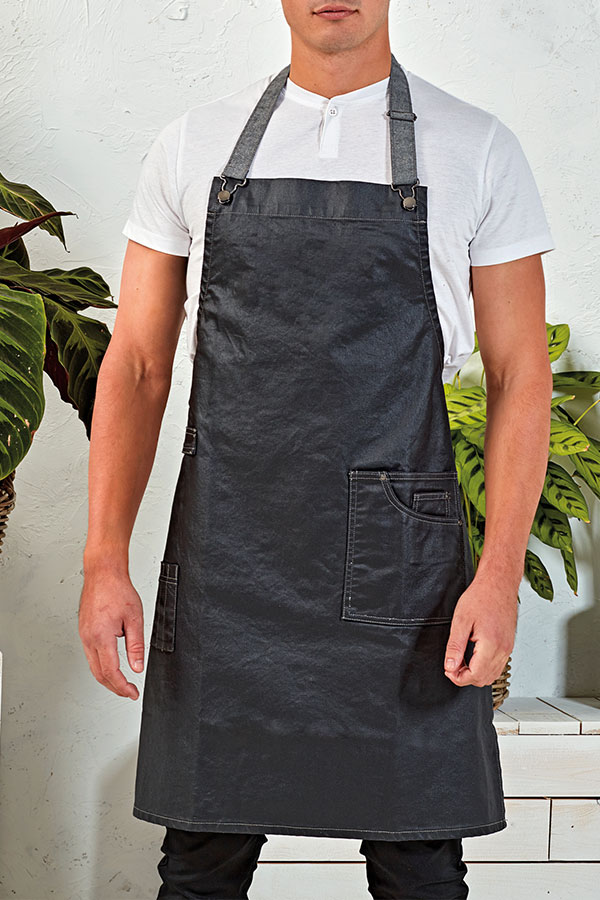
PR134
District Bib Apron
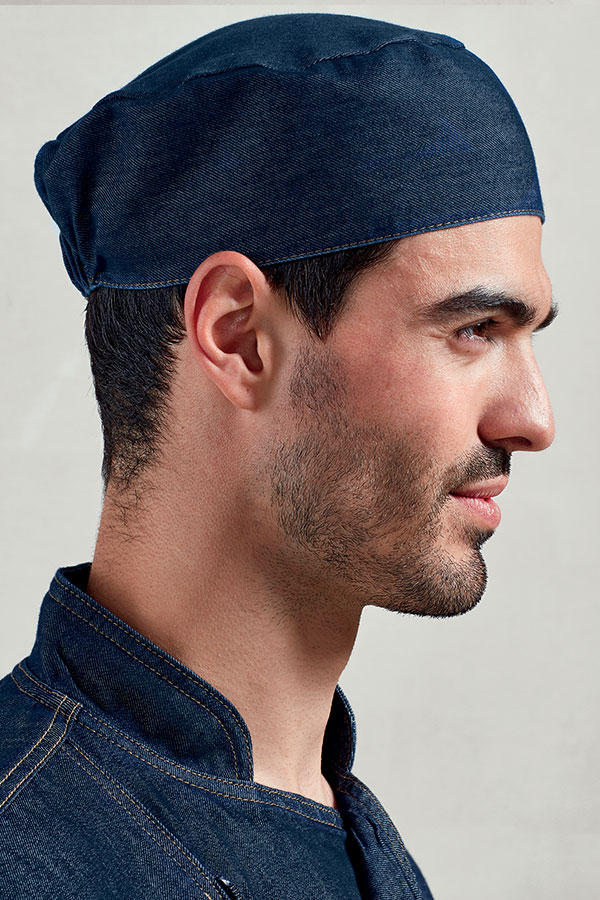
PR653
Chef's Skull Cap
Three key points for kitchen clothing: comfort, image and toughness
We have looked at a number of different roles and types of professions, but overall it’s clear that professionals in the food & drink, service and catering trades all need comfortable, hard wearing and easy to maintain clothing, in addition to offering a professional image.
#1 Choose the right composition and fit
100% cotton is relatively popular for its breathable feel and because it is machine washable at high temperatures. Polycotton, a blend of polyester and cotton, is also popular, especially in the kitchen: white clothing, for example, will withstand frequent industrial washes at 85° and will dry faster than cotton pieces alone.
To be really comfortable, these clothes need to be the right size. The fit is also important, since depending on the shape, the range of motion will not be the same. For example, a fitted jacket is suitable for maître d’s, but servers will be more comfortable in a stretch cotton and elastane shirt.
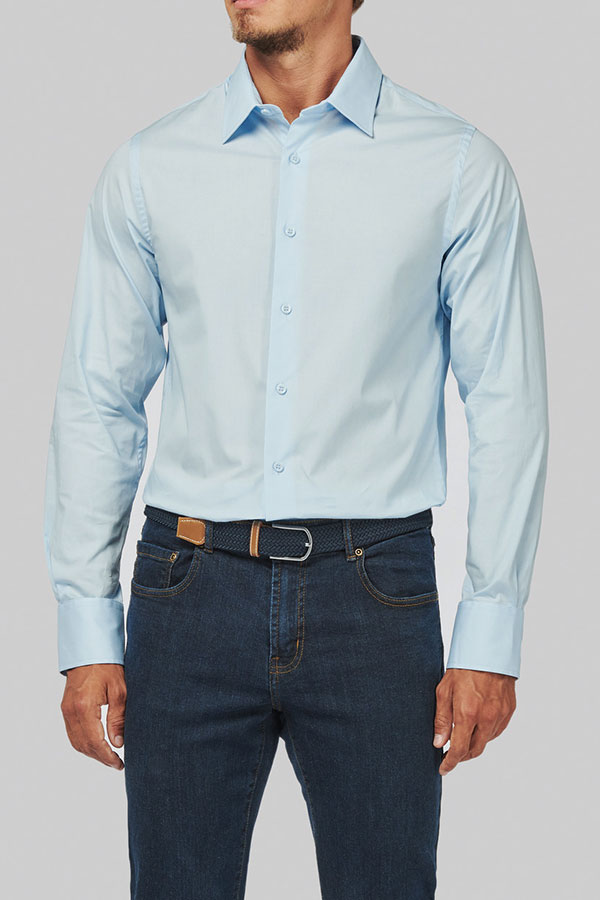
K529
Long-sleeved cotton/elastane shirt
#2 Opt for easy-care styles
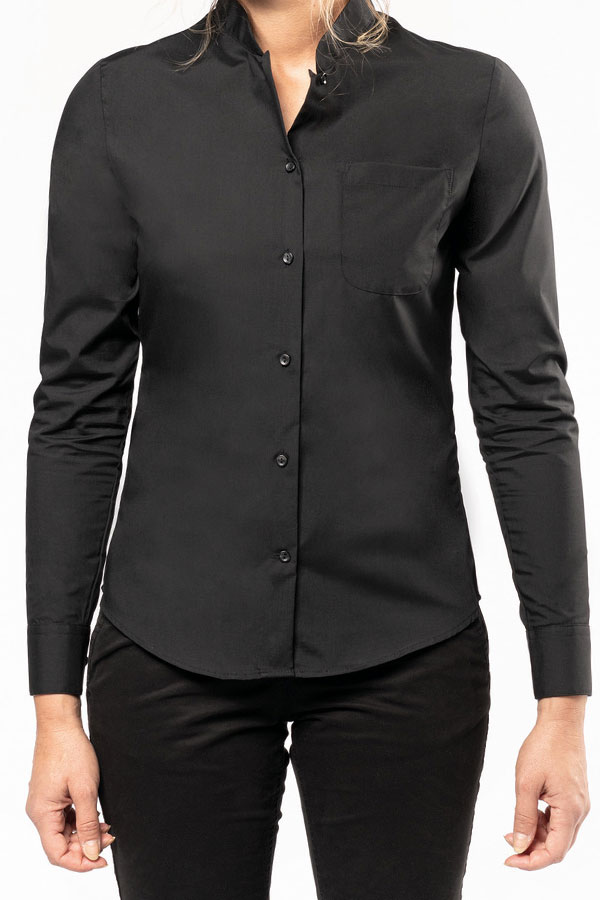
K514
Ladies' long-sleeved mandarin collar shirt
In any event, these clothes will be put through their paces: frequent and intensive washing at high temperatures, plenty of stains, friction … they must therefore be robust and easy to maintain.
Some styles benefit from easy-care treatments: nanoparticles form a thin layer of protection that protects against dirt and abrasion, as well as making washing and ironing easier.
In general, clothes that are easy to iron, which tolerate intense washes (industrial) and dry quickly are the most popular in the food & drink and catering trades. In any case, the manufacturer’s instructions should always be followed scrupulously for outfits that last.
#3 Think about clothing resistance and durability
In addition to treatments that make them easier care, some fabrics have passed the Martindale test. What’s the goal of this test? To simulate the garment’s natural wear and tear to assess its resistance to abrasion. In some cases, more than 100,000 rubs can be tolerated by the fabric, without breakage or tears. Now that’s tough!
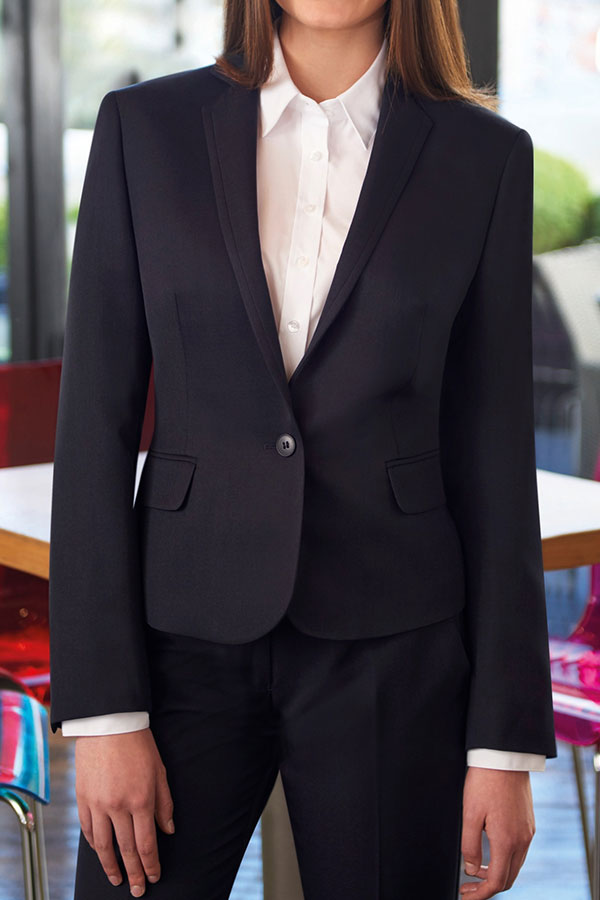
BT2255
Saturn Ladies' Jacket
Kitchen clothes, a multitude of possibilities!
Colours
Of course, kitchen jackets are usually white, but some models are available in black, grey or denim versions: sober and elegant variants, which can be a real plus, depending on the establishment’s visual and graphic identity.
As for t-shirts and polo shirts, or aprons, more bright colours will be possible: the staff in a friendly restaurant or grocery store can be dressed in a comfortable, original and colourful way
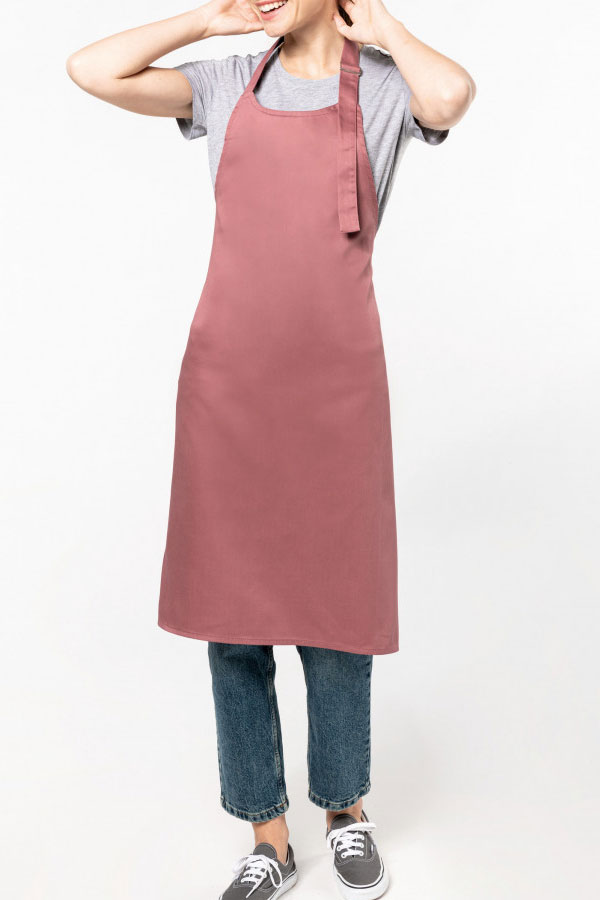
K8000
Polycotton apron without pocket
Finishes
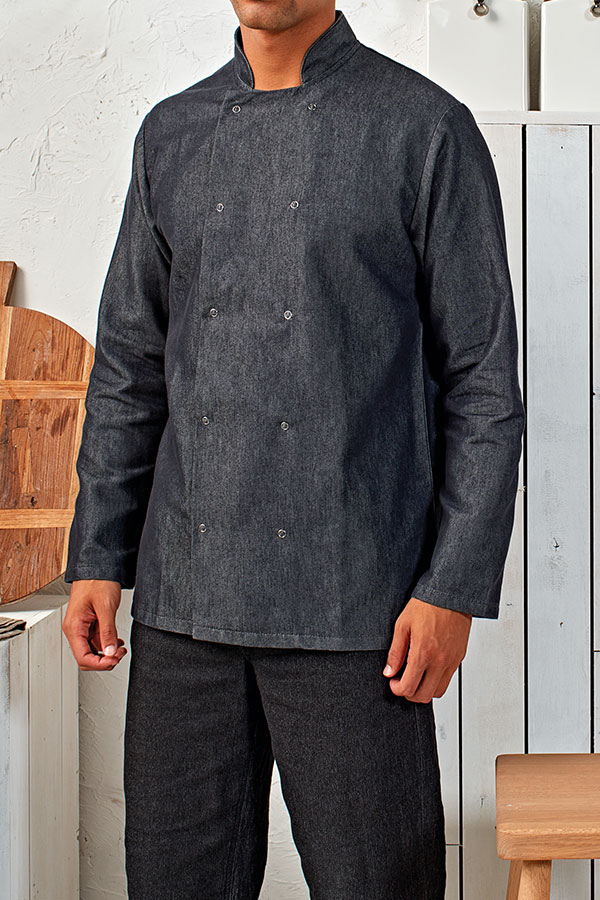
PR660
Denim Chef's jacket
When it comes to optimising time and comfort, every detail counts. In the kitchen, a chef needs to be able to cross out orders that have been sent. Some jackets are equipped with a double pocket on the sleeve, which allows you to carry a pen. Practical! And don’t forget snap buttons or zip fastenings, which are easy to open and close.
Marking options
Depending on the material, colour and weight (thickness) of the garment, customisation techniques will not be the same. A thick kitchen jacket can be embroidered with the name of the chef for a high-end finish and resistance to washing. For a sandwich shop or a pizzeria, which regularly takes on extra staff in the summer and needs to restock with a reasonable budget, a lightweight cotton t-shirt can be screen-printed with the brand’s logo.
To find out more, read our article on the 7 marking techniques.
Innovations and details that can make a difference
Finally, to conclude this overview of the Catering professions range available at TopTex, here are some additional features that can be decisive:
Comfortable, lightweight and high-performance fabrics
Coolchecker® fabric, antiperspirant for commis chefs and chefs who really have to work hard.
100% Cofrex polyester Pufy® absorbent and antimicrobial yarns: an innovative anti-UV, breathable, quick-drying, cotton-feel fabric that does not crease.
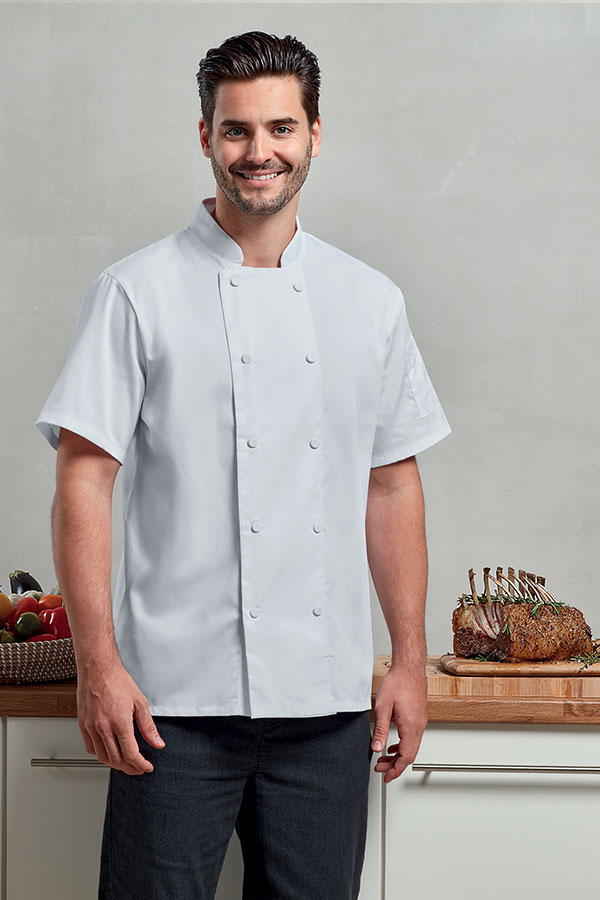
PR902
Coolchecker® short-sleeved chef's jacket
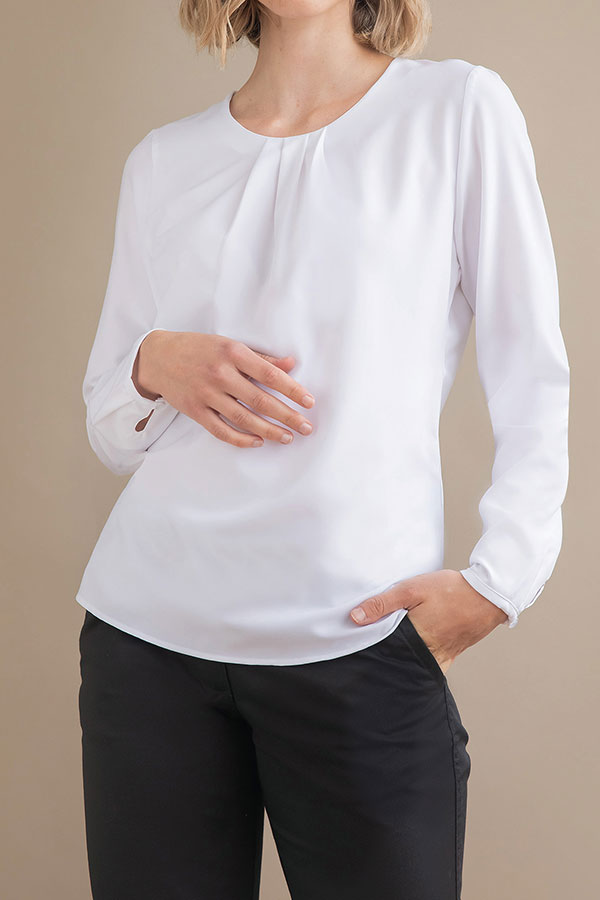
H598
Long sleeve smock
Garments designed to adapt to the needs of professionals
Waterproof pieces, made from 100% water-resistant polyester (2000mm), and machine washable.
Enzyme-washed garments for high resistance to washing and a soft surface.
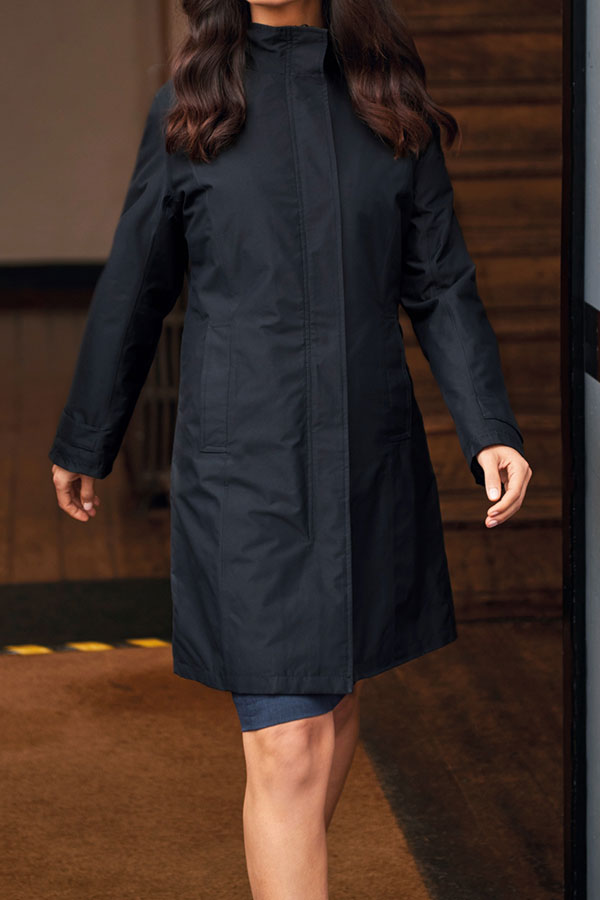
BT2346
Washington waterproof coat
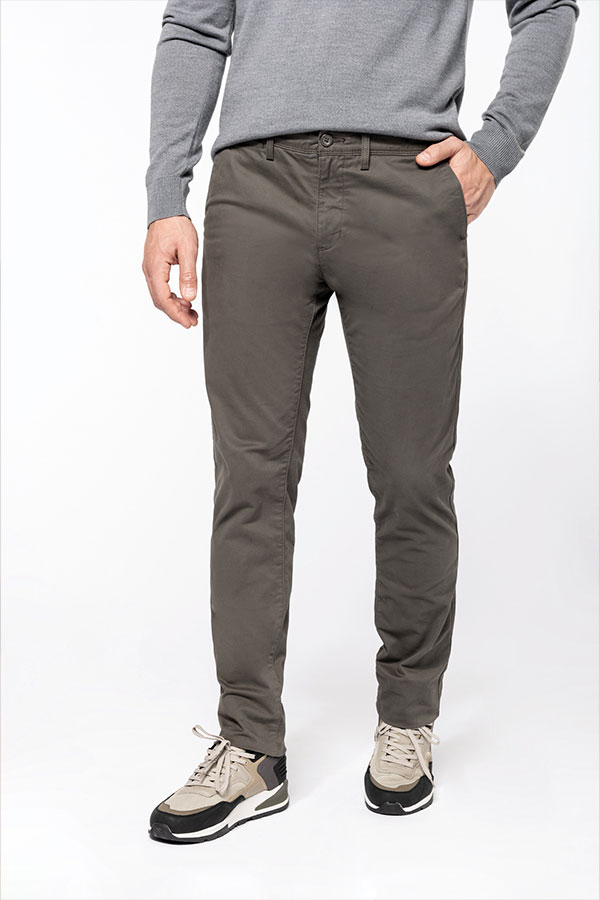
K748
Men's Premium chino
Eco-friendly, hard-wearing and comfortable pieces
Organic cotton, recycled polyester: all machine washable at 60°.
Pre-consumer recycled cotton (scraps) and post-consumer recycled polyester (1 apron = four 500ml recycled plastic bottles)
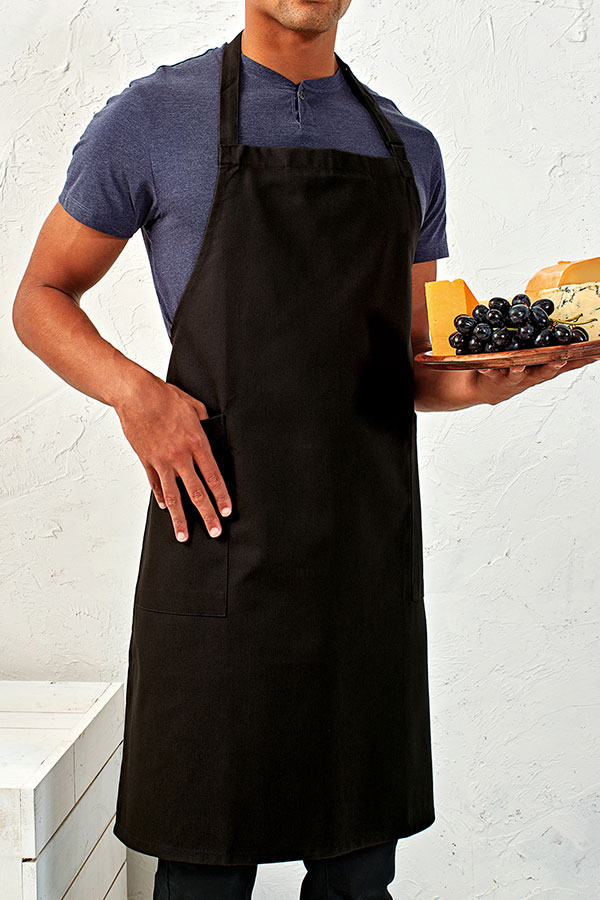
PR120
Recycled, organic bib apron
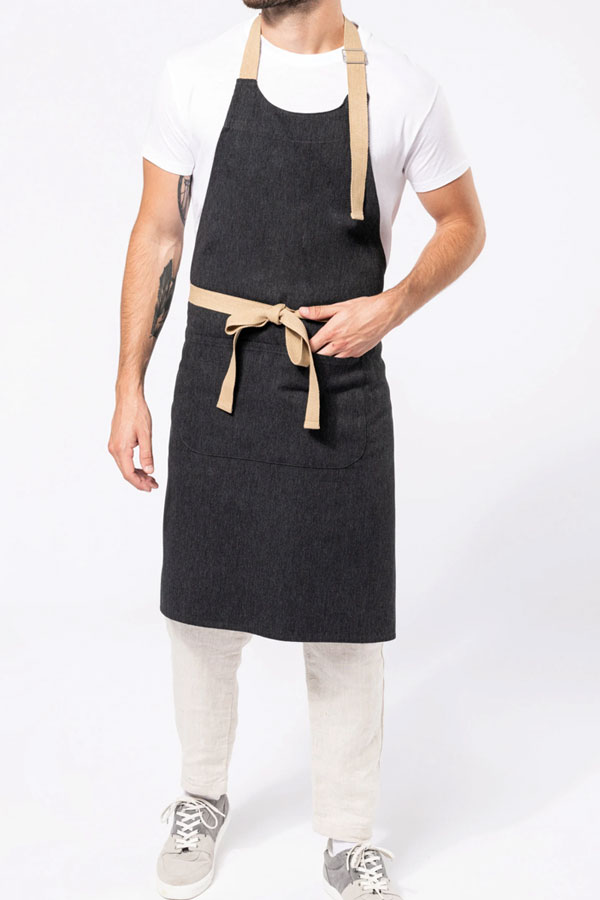
K8013
Unisex eco-friendly apron
You now have a better idea about what you can offer your clients in the hospitality, service and catering sectors.
Our main recommendation? Consider the need for a consistent product selection in advance:
- How will the garment be used? Will it be washed and ironed often? By industrial or domestic washing?
- Will it be worn outside (waterproof or UV-protective?)
- What image would you like to convey of the establishment?
- Who will be the end users (to determine the cuts)? Ladies, men, unisex? For fitted garments, suits, etc., what are the exact sizes needed?
- Are new employees hired often, if so does restocking need to be planned?
- For marking, will it be a name, logo or image? What level of detail is needed for the visual, and what quality and durability is expected?
- What is the budget overall or per piece?
- Will accessories be useful: belts, hats, shoes, etc.?
All these questions will allow you to keep up to day and gather as much information as possible from the start. In addition, remember to check out our products regularly: our ranges are constantly being updated, with more and more efficient, sustainable and eco-responsible processes. Equipping more and more professionals with very specific needs!
Need help? Ask our teams, we’re here to advise you!



